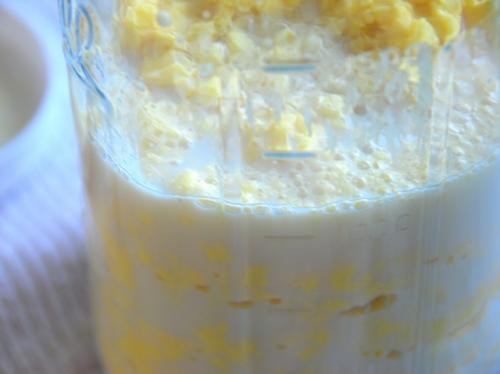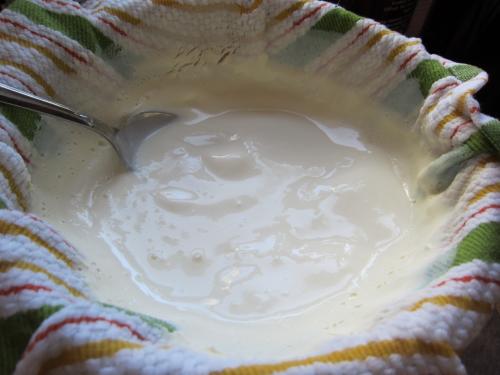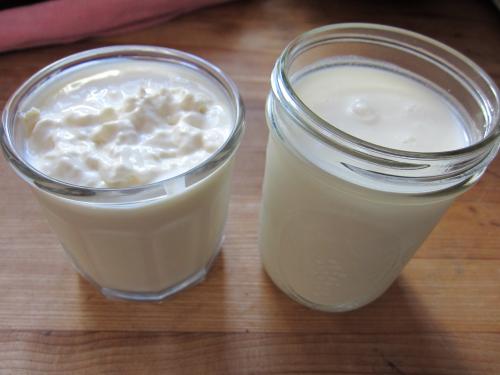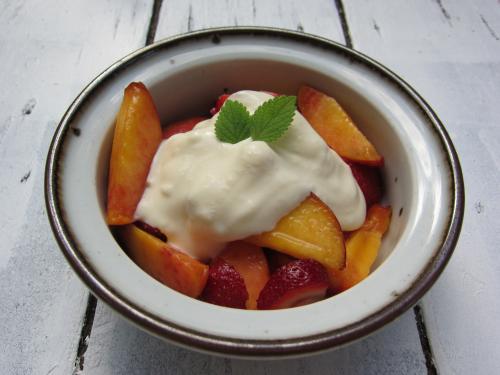Buttermilk
July calls for summer-fresh recipes, and summer-fresh recipes are practically begging for buttermilk, a refreshing and tangy addition to berries, salads, smoothies, biscuits, cakes, marinades, and more. Cultured dairy products are hot (or do I mean cool?) right now, and buttermilk is no exception.
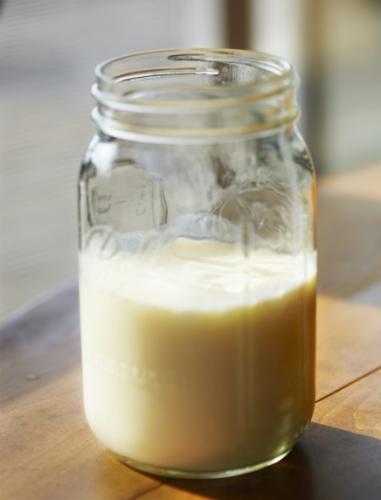
It's back to basics wtih old-fashioned buttermilk from Animal Farm
Animal Farm, owned by Diane St. Clair, is a farmstead creamery located in Orwell, VT, just south of Shoreham.
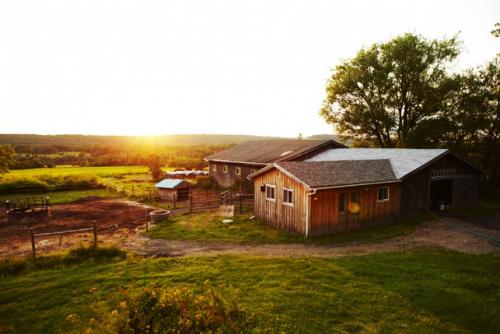
The term “farmstead” means that the products of the farm, in this case handmade butter and buttermilk, are made exclusively from the farm’s own herd of cows.
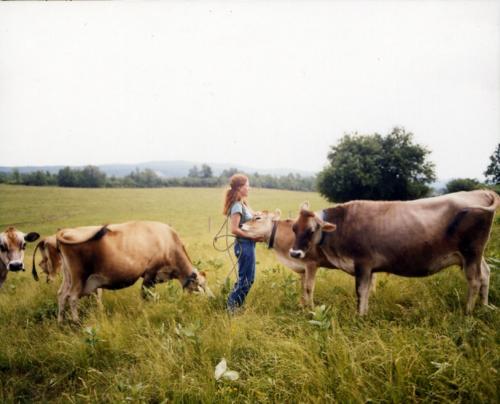
The Jersey cows are grass-fed and produce milk high in butterfat, which gets turned into rich, fragrant butter that makes its way south and west to a select few restaurants, notably owned by chef Thomas Keller, who appreciate that butter can be exceptional in its own right. It’s easy to picture, ten years ago, the guilty pleasure of people sinking their teeth into a hunk of sourdough bread thickly spread with sweet, yellow, cultured butter from Vermont, a product simply unlike anything available at that time on supermarket shelves.

Now, Diane has turned her attention to the buttermilk leftover from churning butter, and luckily for us, it's available right here at City Market.
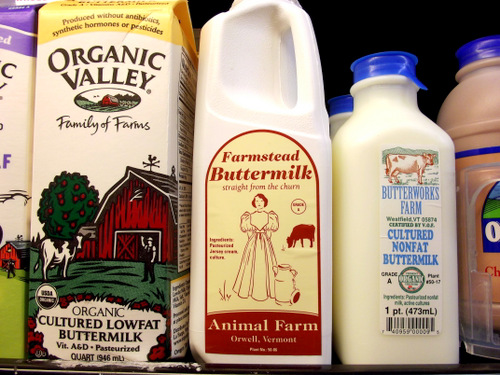
Most buttermilk is made by adding a starter bacterial culture to milk (usually nonfat or low fat milk), which makes the milk more acidic by turning the milk sugar (lactose) into lactic acid. The resulting product is tangy and has a longer shelf life than milk due to its acidity. It also has special properties in baking, like biscuits, where the acidity of the buttermilk combines with baking soda to produce carbon dioxide, which helps makes the biscuits rise. Butterworks Farm turns out a great product made from cultured nonfat milk.
Animal Farm buttermilk is made not by culturing nonfat milk but by bottling the butter-flecked liquid that is left over from churning her cultured cream into butter. That is why the label on the buttermilk says “Pasteurized Jersey cream, culture,” and why the buttermilk tastes mild and rich at the same time: Thinner than its cultured milk cousin, it’s deliciously drinkable, while the flecks of butter give it an unmistakable flavor.
You can make buttermilk at home by shaking cream in a jar until it separates into sweet butter and buttermilk, as we've posted with pictures on this blog before ("Homemade Butter for the Holidays"). You can also culture thecream with buttermilk first, a process described in the food blog Hungry Tigress, and then you get cultured butter (which lasts a little longer) and buttermilk ("Cultured Butter and Creme Fraiche"). The process of culturing also encourages the butter and buttermilk to separate.
Butter and buttermilk separating in a jar
Now, if you want to take it a step further, you can strain buttermilk made from heavy cream through a cloth and get tangy and thick buttermilk cream and buttermilk whey! Diane from Animal Farm recommends scooping the buttermilk cream on berries as a great summertime dessert. The whey can be used in other ways, like in bread baking, or in homemade sodas cultured with whey ("Lacto-Fermented Sodas").
Enjoy these buttermilk recipes, and happy 4th!
Buttermilk Cream with Berries and Peaches (adapted from the New York Times):
This recipe takes buttermilk to the next level by straining it - great with macerated peaches and berries!
Triple Berry Buttermilk Bundt (adapted from Smitten Kitchen):
A wonderfully moist cake made with buttermilk and fresh, local berries.
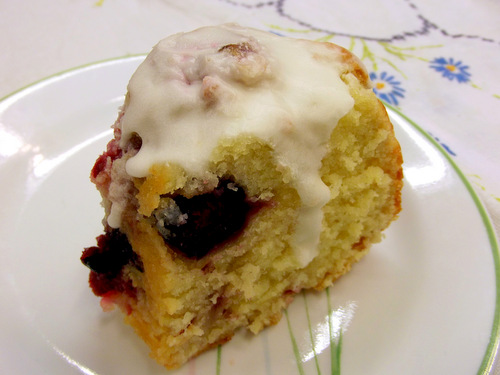
More City Market Buttermilk Recipes for the Summertime (use any buttermilk in these recipes):
Fresh green salad with buttermilk dressing
Crème fraiche (cream cultured with buttermilk)
